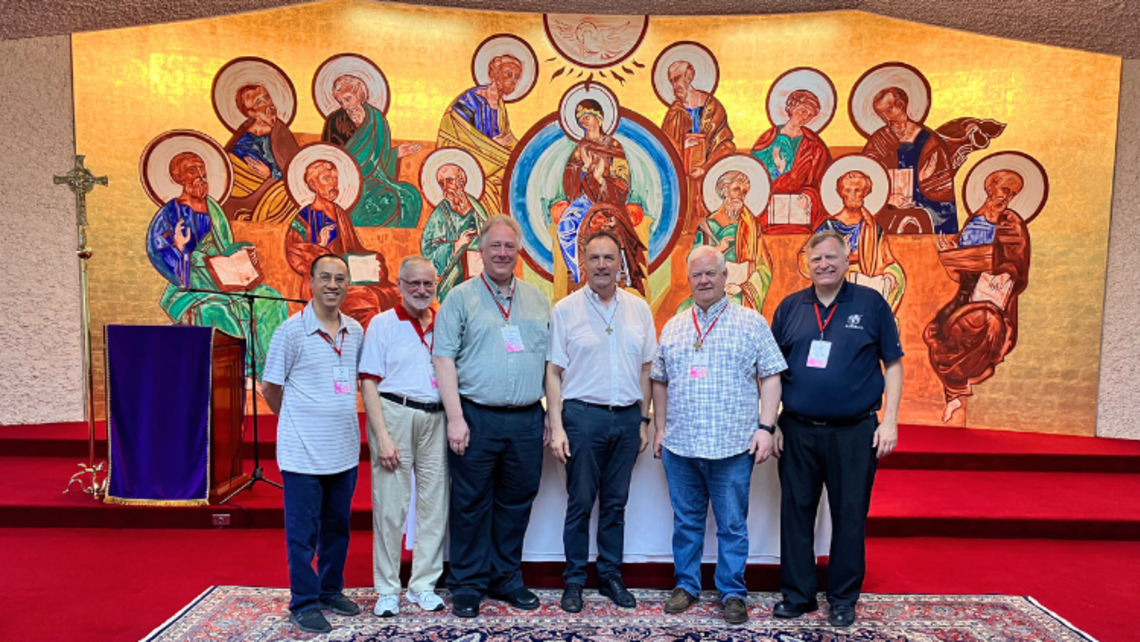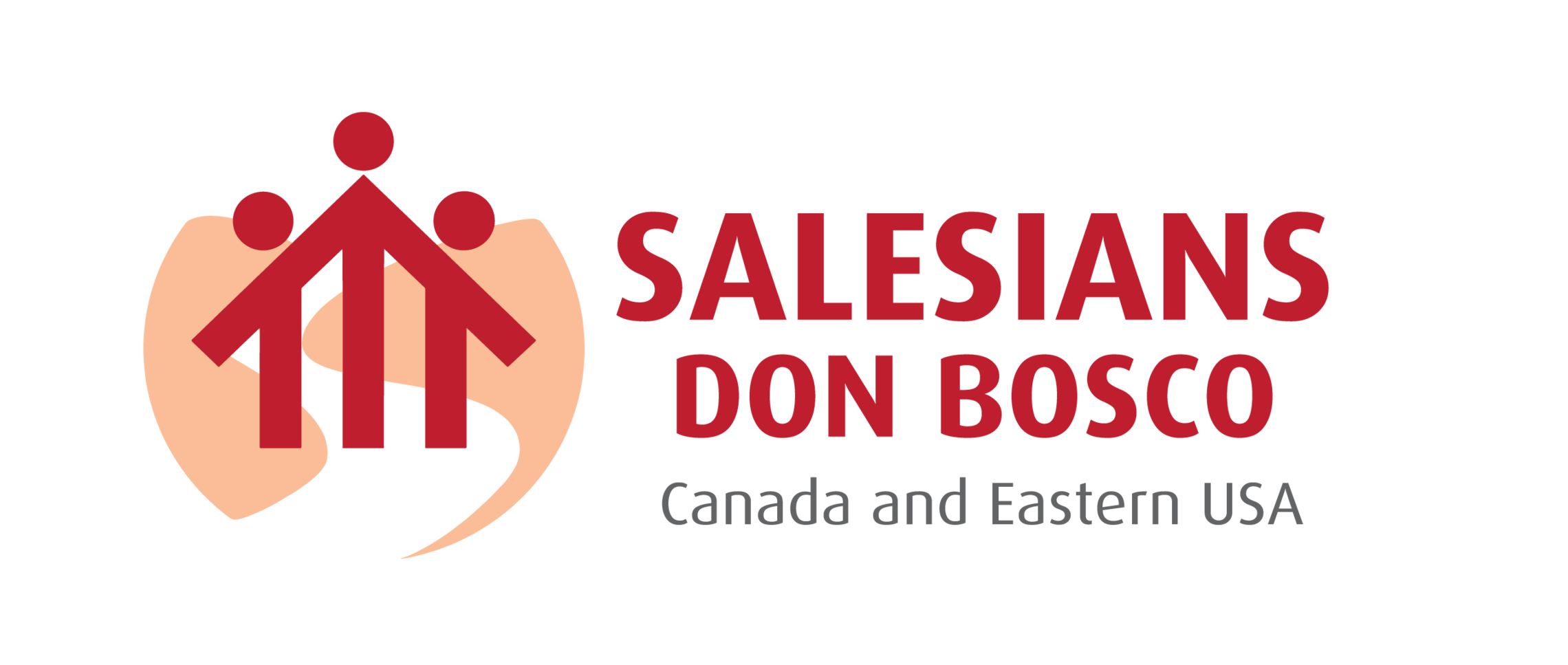

Photo courtesy of Fr. Provincial Tim Zak, SDB
Dear Confreres,
At one point during the team visit in Peru, we were asked to recall the collaborators who worked with Don Bosco at the beginning of the Oratory. Everyone could remember Mamma Margaret and Fr. Borel. There were some priests and seminarians who helped out occasionally, but almost none of them stayed with Don Bosco. There were the shopkeepers and local teachers, parents, and benefactors who saw the good Don Bosco was doing and were willing to be part of this work. There were the young people themselves, especially the older ones, some of whom became the first SDBs and others who always stayed close to Don Bosco after they found their vocation in the world. Don Bosco’s vision of being Salesian was inclusive; he envisioned ordained and lay members, some in religious communities, and others in their homes, all working together for the good of the young. The point of remembering our history was to identify an essential characteristic of the Salesian charism: from the very beginning, SDBs share the Salesian mission and formation with lay people.
Let’s take a look at how this aspect of the charism plays out in our province. We have 15 religious communities and 32 particular works. Among our works, eight have a lay director, and 16 have a lay pastoral associate or principal. (Note: The 14 parishes obviously must have a Salesian priest as the head of the work. The phases of formation—pre-novitiate and post-novitiate—and the provincial house need an SDB as head of the work.) We have 29 lay treasurers for our works. We have seven lay CYMs and 15 works with no CYM assigned. None of our works are fully entrusted to lay leadership. With this brief overview, we can see that we are not far from Don Bosco’s own experience in the Oratory. However, there is still room for growth. There is much more to Proposal Six of the Congregation’s Action Program than hiring lay leaders in our works. We must consider our attitude and style of interaction toward our colleagues as well as the professional and charismatic formation we share with them. These matters have been challenges in our region, influenced by clericalism and secularism. In fact, the Rector Major sensed this challenge in our region and asked to meet with the provincials so we could share our experiences of being co-responsible with colleagues for the Salesian mission and the resistance we sometimes meet.
There are several resources that can help us understand and guide us as we live out this essential aspect of our charism. Fr. Ángel and Fr. Hugo emphasized that our collaboration with the laity is not due to the diminishing number of SDBs, but because it is the way Don Bosco worked, it is essential to our charismatic identity. In addition to the documents that came out after GC28 dealing with this theme, we are encouraged to read "The Ministry of the Salesian Rector," especially the third chapter on the shared Salesian mission, and "Lay-managed Salesian Works" by Fr. Miguel Angel García, the General Councilor for Youth Ministry, published January 2023.
At the team visit, when we reflected on our identity as Salesian consecrated religious, we found the roots in Baptism, the same Baptism we share with lay Christians and ordained ministers. There is no greater dignity than our Baptismal dignity. In fact, to better understand the states of life in the Church, we have to see them at the service of the other states of life. This Easter season, when we frequently renew our Baptismal promises and are sprinkled with Holy Water, is an ideal time to reflect on how we consecrated Salesians share with many colleagues the formation and responsibility for the Salesian mission.
Fr. Tim Zak






